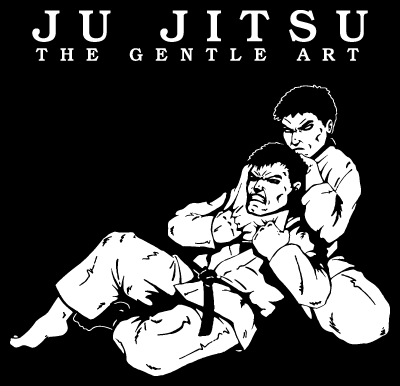

JAPAN
Jiu-Jitsu
The word jujutsu can be spelled as ju-jitsu/jujitsu, jiu jitsu, ju-jutsu. Jiu-Jitsu itself was developed in Japan during the Feudal period. It was originally an art designed for warfare, but after the abolition of the Feudal system in Japan, certain modifications needed to be made to the art in order to make it suitable for practice. During Feudal times, Jiu-Jitsu was also known as Yawara, Hakuda, Kogusoko, and an assortment of other names. The earliest recorded use of the word "jiu-jitsu" happens in 1532 and is coined by the Takenouchi Ryu (school). The history of the art during this time is uncertain because teachers kept everything secret to give their art a feeling of importance and then would change the stories of their art to suit their own needs.

Jujutsu is characterized by using an attacker's momentum or strength against them by guiding it in a way that the applier would prefer (and not the attacker). Methods taught in jujitsu or jujutsu circles include striking, throwing, restraining (pinning and strangling), joint locks, weaponry, and grappling. It is truly best known for its effectiveness against weapons, use of throws, and its locks (armbars and wrist locks, for example). Weapons use is also taught.